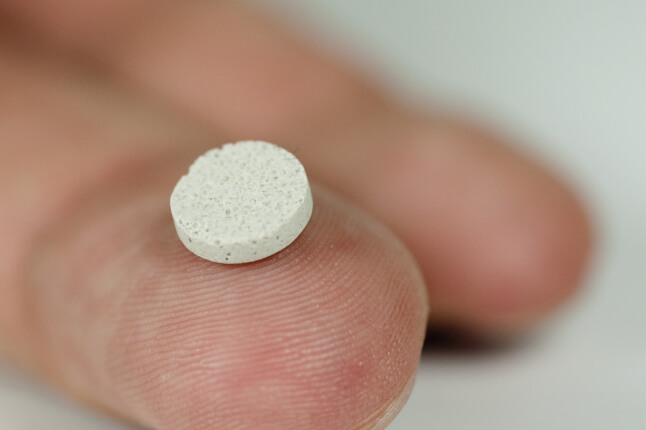News
Schematic showing components of the closed-loop system. The insulin pump and Dexcom G4 Share AP CGM receiver with 505 algorithm were connected wirelessly via bluetooth to the Diabetes Assistant (DiAs) smartphone device. The Zone Model Predictive Control Artificial Pancreas algorithm ran on the DiAs. (Illustration courtesy of the Doyle Group, Harvard SEAS)
CAMBRIDGE, Mass. – Oct. 13, 2017 – During more than 60,000 hours of combined use of a novel artificial pancreas system, participants in a 12-week, multi-site clinical trial showed significant improvements in two key measures of well-being in people living with type 1 diabetes.
During the trial, 30 patients with type 1 diabetes in California, Virginia and Minnesota went about their normal daily routines while the artificial pancreas system continuously monitored their glucose levels and automatically adapted insulin delivery settings.
The results, published today in the journal Diabetes Care, revealed positive effects on two important indicators: decreased hemoglobin A1c (HbA1c) and reduced time spent in hypoglycemia.
The outpatient trial was led by Frank Doyle and Eyal Dassau from the Harvard John A. Paulson School of Engineering and Applied Sciences (SEAS), and included collaborators at the William Sansum Diabetes Center in Santa Barbara, California; Mayo Clinic in Rochester, Minnesota; the University of Virginia’s Center for Diabetes Technology; and the University of Padova.
People with type 1 diabetes must vigilantly monitor blood glucose levels and, when necessary, administer doses of insulin either via needle injections or infusion pump. The artificial pancreas is designed to mimic a healthy person’s glucose regulating function. The closed-loop system consists of an insulin pump and continuous glucose monitor placed under the user’s skin. An advanced control algorithm embedded in a blue tooth-connected smart phone signals how much insulin the pump should deliver to the patient based on a range of variables including meals consumed, physical activity, sleep, stress, and metabolism.
The adaptive control algorithm system used in the trial is based on model-predictive control (MPC), a strategy originally developed by Doyle and colleagues in a seminal paper published in 1996 and, in a 2010 paper, extended to a zone-based version of the MPC algorithm. Rather than regulating glucose levels to a specific point in the same way that a home thermostat keeps the room temperature at a precise setting, zone-MPC defines an acceptable zone for an individual’s glucose levels and controls variables to stay within that range. In addition to the core zone MPC algorithm, the collaborative team introduced adaptive components that allowed the algorithm to “learn” from the repeated daily cycles, leading to improvements in basal control as well as meal compensation.
“This is by far the longest duration trial we have conducted, and it is a testament to the robustness of the algorithm that our key performance indices were maintained from our earlier, shorter trials,” said Doyle, John A. Paulson Dean and John A. & Elizabeth S. Armstrong Professor of Engineering & Applied Sciences at SEAS. “Moreover, we took a disciplined group that had very good overall HbA1c levels before the trial, and we brought the group level even lower.”
The trial builds on a foundation of earlier artificial pancreas studies by Doyle and Dassau, a SEAS Senior Research Fellow, including a clinical trial earlier this year that tested the application of the algorithm on children and adolescents with type 1 diabetes during extended use of infusion set and sensor.
In addition to Doyle and Dassau, who directed and led day-to-day supervision of trial, the project team included co-principal investigators Jordan Pinsker at the William Sansum Diabetes Center; Ananda Basu at Mayo Clinic; Boris Kovatchev at the University of Virginia School of Medicine; and Cladio Cobelli of the University of Padova.
The work announced today is supported under NIH grant number DP3-DK-094331.
Topics: Bioengineering, Health / Medicine
Cutting-edge science delivered direct to your inbox.
Join the Harvard SEAS mailing list.
Press Contact
Leah Burrows | 617-496-1351 | lburrows@seas.harvard.edu



